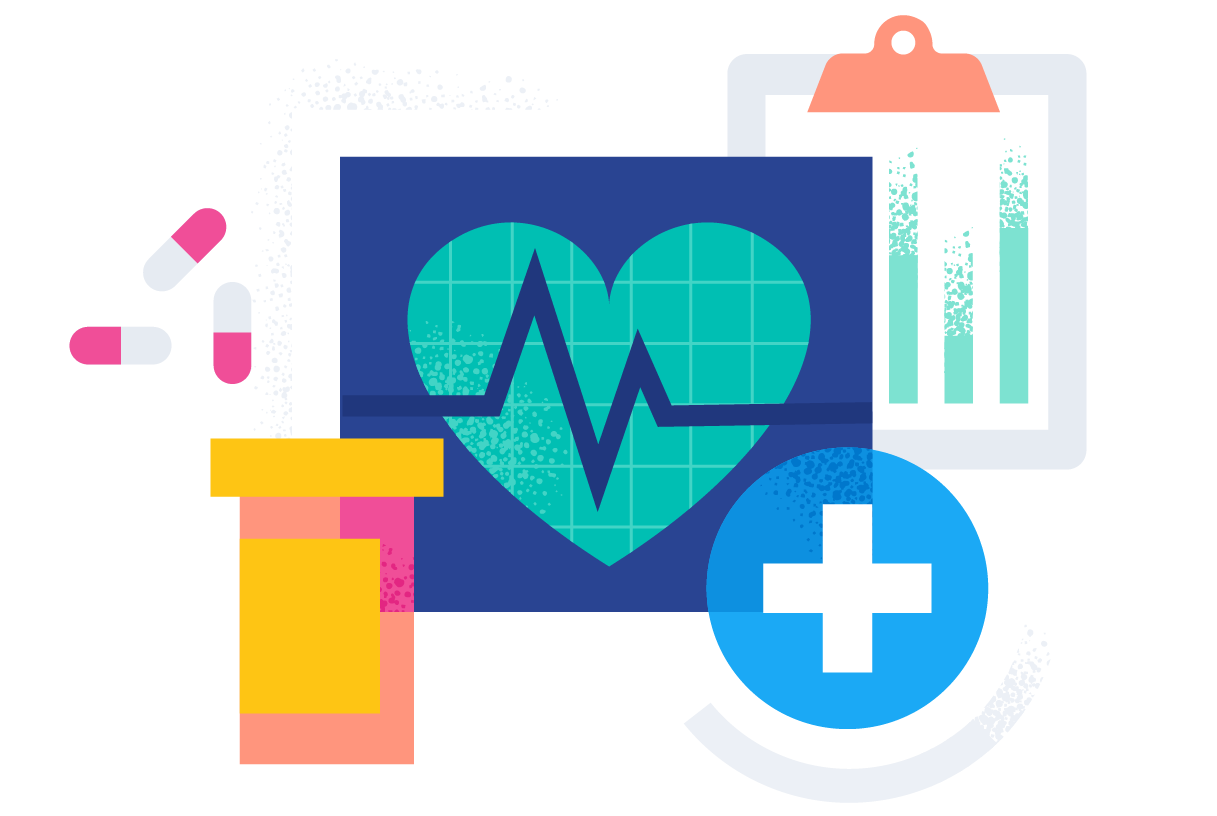How Healthcare RCM Solutions Streamline Payment and Collections
How Healthcare RCM Solutions Streamline Payment and Collections
Blog Article
A Comprehensive Overview on How Healthcare RCM Works to Improve Payment and Collections
Navigating the complexities of medical care income cycle monitoring (RCM) is critical for providers aiming to boost their payment and collections processes. The guide unpacks the ins and outs of RCM, from patient registration to accounts receivable management, using understandings into optimizing each action.
Understanding Income Cycle Administration
RCM is an important administrative function that incorporates the entire monetary process of patient treatment, from the first consultation setting to the final repayment of the balance. It is a complex treatment created to determine, collect, and take care of the earnings from the solutions offered to patients.
The RCM procedure starts when a person routines a visit and prolongs through the patient's treatment trip, consisting of payment and collections. A crucial objective is to minimize the time between offering a service and receiving repayment, hence improving the organization's economic health and wellness. RCM entails different functions such as client enrollment, insurance confirmation, fee capture, coding, claims entry, payment posting, and taking care of charms and denials.
Trick Components of RCM
In the realm of Income Cycle Monitoring (RCM), understanding its vital components is essential to attaining monetary performance within healthcare companies. RCM is an extensive procedure that encompasses different stages, each important to guaranteeing reliable payment and collections. The main parts include client registration, insurance confirmation, fee capture, coding, insurance claim entry, settlement uploading, and receivable administration.


As soon as coded, claims are submitted to payers, where accuracy is extremely important to avoid rejections or delays - Healthcare RCM. Payment posting includes recording the received repayments, which permits the settlement of accounts. Finally, balance dues management concentrates on tracking and dealing with unpaid cases, ensuring prompt follow-up and resolution
Each component of RCM is interconnected, and ineffectiveness in any kind of component can disrupt the entire cycle. As a result, understanding these components is necessary for doctor to optimize income and improve their monetary health.
Techniques for Reliable Payment

Systematizing invoicing treatments across the organization is another crucial method. Developing clear guidelines for documentation, coding, and submission helps keep consistency and conformity with regulative demands. Training staff routinely on these treatments makes certain every person is current with the most recent changes in billing codes and payer policies.
Exact fee capture is essential in protecting against revenue leak. Carrying out regular audits and monitoring systems enables the identification and improvement of inconsistencies prior to they impact income. Furthermore, maintaining open lines of communication with payers aids to swiftly deal with any kind of disputes or misconceptions that may emerge.

Last but not least, interesting people early in the payment procedure by supplying clear price quotes and academic materials about their financial duties can substantially minimize confusion and boost payment timeliness. These approaches jointly add to a much more financially healthy and balanced and reliable billing system.
Enhancing Collections Procedures
Provided the complexities of medical payment Continue and the variety of payer demands, enhancing the collections procedure involves carrying out strategic measures that guarantee exact and prompt settlement of services rendered. Automation tools can assist in tracking case conditions, sending out prompt suggestions to individuals, and handling rejections extra effectively.
Educating staff to understand the nuances of insurance coverage and invoicing codes is similarly important. This understanding equips them to address billing inconsistencies swiftly and interact efficiently with clients regarding their financial duties. Additionally, clear and clear client communications are critical. Giving thorough descriptions of costs and using adaptable layaway plan can raise client fulfillment and timely payments.
Routine audits of the collections process need to be performed to determine areas for renovation and guarantee compliance with regulations. By assessing data, healthcare companies can determine fads, expect possible concerns, and adapt strategies as necessary (Healthcare RCM). Eventually, a well-enhanced collections process not only sustains monetary health however additionally contributes to a more smooth experience for patients and team alike
Optimizing Income Streams
Building upon the foundation of a solid collections process, health care companies can even more reinforce their economic stability by tactically enhancing income streams. This entails a multi-faceted method, starting with an extensive evaluation of existing revenue sources to recognize ineffectiveness and areas for growth. Using advanced data analytics devices allows companies to get understandings into payer mix, individual demographics, and solution use patterns, enabling data-driven decisions that enhance income capture.
Applying automated invoicing systems can significantly minimize mistakes and quicken insurance claims processing, making certain that profits is accumulated much more effectively. Furthermore, enhancing payer agreements with normal arrangements can boost repayment rates and terms, directly affecting the bottom line. Branching out solution offerings, such as incorporating telehealth or health care, can also attract a wider individual base, hence raising revenue capacity.
An additional vital part is boosting patient involvement and complete satisfaction, as pleased clients are more probable to stick to treatment strategies and make prompt repayments. Providing flexible settlement options and clear billing methods can boost collections and foster patient commitment. Healthcare RCM. By embracing these methods, healthcare companies can produce a more resistant monetary structure, making certain continual growth and security in an ever-changing sector landscape
Conclusion
Finally, health care Earnings Cycle Administration (RCM) plays a vital function in optimizing payment and collections procedures by incorporating crucial components such as individual enrollment, insurance policy verification, cost capture, coding, declares submission, and accounts receivable monitoring. By employing innovative innovation, systematizing treatments, and promoting patient interaction, health care carriers can considerably decrease insurance claim denials, increase payment cycles, and enhance capital. This comprehensive technique to RCM ultimately leads to enhanced monetary performance and sustainability for healthcare organizations.
The RCM process starts when a patient routines an appointment and extends with the individual's care trip, consisting of payment and collections.One more vital part is enhancing client engagement and fulfillment, as satisfied clients are much more likely to adhere to treatment plans and make prompt repayments. Providing adaptable repayment choices and transparent payment methods can enhance collections and foster individual commitment.In final thought, healthcare Revenue Cycle Management (RCM) plays a crucial function in enhancing payment and collections processes by incorporating key elements such as client enrollment, insurance coverage confirmation, fee capture, coding, claims learn the facts here now entry, and accounts receivable monitoring. By utilizing advanced modern technology, systematizing treatments, and cultivating client interaction, health care service providers can substantially minimize more info here insurance claim denials, speed up repayment cycles, and improve cash flow.
Report this page